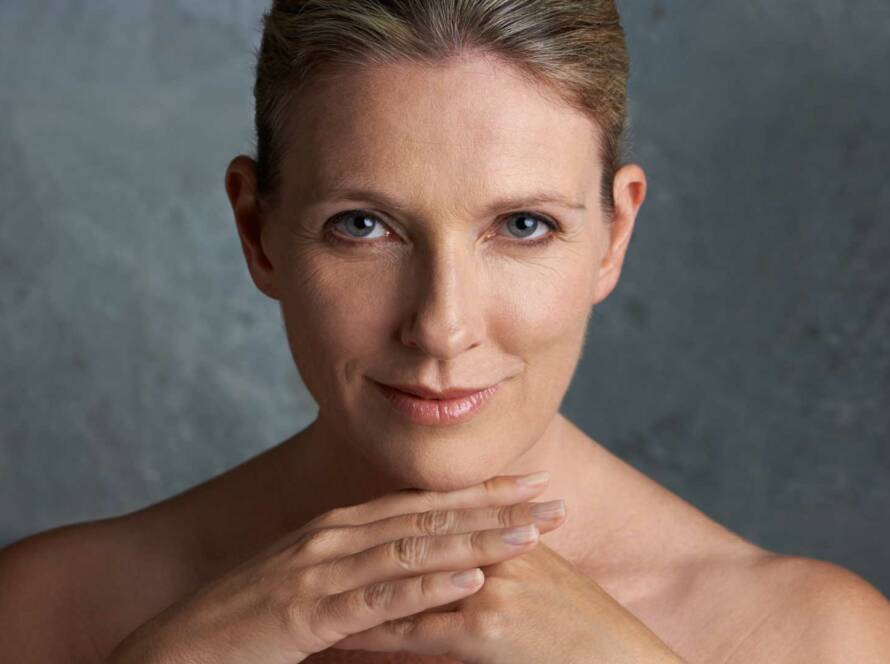As we age, the midface—the area encompassing the cheeks, under-eyes, and nasolabial folds—is often the first to show signs of volume loss and sagging. A mid facelift is a highly effective surgical solution that lifts and rejuvenates this central facial region, restoring a more youthful contour. But when is the best age to consider this procedure—your 40s, 50s, or 60s?
In this guide, we’ll break down the ideal timing for a mid facelift, the unique benefits for each age group, and how to determine if you’re a good candidate.
How Aging Affects the Midface
Before deciding on the right age for a mid facelift, it’s important to understand how aging impacts facial structure:
- 40s: Early volume loss begins, with mild sagging in the cheeks and slight deepening of nasolabial folds.
- 50s: More significant descent occurs due to collagen loss, leading to hollow under-eyes and pronounced jowls.
- 60s+: Skin laxity increases, and facial fat pads shift downward, creating a tired or “drooping” appearance.
A mid facelift repositions sagging tissues, restores cheek volume, and smooths deep folds—but the timing can influence your results.
Best age for mid facelift
40s: Preventative Rejuvenation
Why Consider It?
Patients in their 40s typically seek a mid facelift for early correction rather than major reconstruction. At this stage:
✔ Skin elasticity is still good, meaning better healing and longevity.
✔ Subtle lifting can delay the need for a more extensive facelift later.
✔ Combination treatments (like fat grafting or lasers) enhance results.
Best Candidates:
- Those with mild cheek sagging or early nasolabial folds.
- Patients wanting a natural refresh before significant aging sets in.
Pro Tip:
A mini mid facelift (less invasive) or thread lift might be alternatives for those not ready for surgery.
Best age for mid facelift
50s: The “Sweet Spot”
Why It’s Ideal:
Most surgeons agree the 50s are the prime time for a mid facelift because:
✔ Moderate sagging responds well to surgical lifting.
✔ Recovery is still relatively quick compared to older patients.
✔ Results last longer than if you wait until your 60s.
Best Candidates:
- Patients with noticeable cheek descent and deepening folds.
- Those who want to avoid a full facelift but need more than fillers.
Pro Tip:
Pairing with blepharoplasty (eyelid surgery) can further refresh the eyes and cheeks.
Best age for mid facelift
60s & Beyond: Comprehensive Restoration
Why It Works:
While older patients may require more extensive lifting, a mid facelift can still deliver dramatic improvements:
✔ Restores lost facial volume (often combined with fat grafting).
✔ Lifts sagging jowls for a smoother jawline.
✔ Can be part of a full facelift for complete rejuvenation.
Best Candidates:
- Those with significant midface aging but good overall health.
- Patients seeking a more dramatic change rather than subtle tweaks.
Pro Tip:
A deep-plane or SMAS facelift may be recommended if skin laxity is severe.
Key Factors Beyond Age
While age is important, other factors determine candidacy:
- Skin Quality: Thicker, elastic skin yields better results.
- Bone Structure: Strong cheekbones support longer-lasting lifts.
- Lifestyle: Non-smokers heal faster with fewer complications.
FAQs About Mid Facelift Timing
1. Can I Get a Mid Facelift Too Early?
Yes—if your aging is minimal, non-surgical options (like fillers or RF microneedling) might suffice.
2. Is 70 Too Old for a Mid Facelift?
Not necessarily! Healthy patients in their 70s can still benefit, though recovery may take longer.
3. How Long Do Results Last?
- 40s-50s: 8–12 years (with maintenance).
- 60s+: 5–8 years (due to advanced aging).
Conclusion: What’s the Best Age?
The “best” age depends on your individual aging pattern and goals:
- 40s: Early intervention for subtle lifting.
- 50s: Ideal for moderate correction with long-lasting results.
- 60s+: Effective for advanced aging when combined with other procedures.
A board-certified plastic surgeon can assess your facial structure and recommend the optimal timing for your mid facelift.
📞 Ready to explore your options? Schedule a consultation today!




